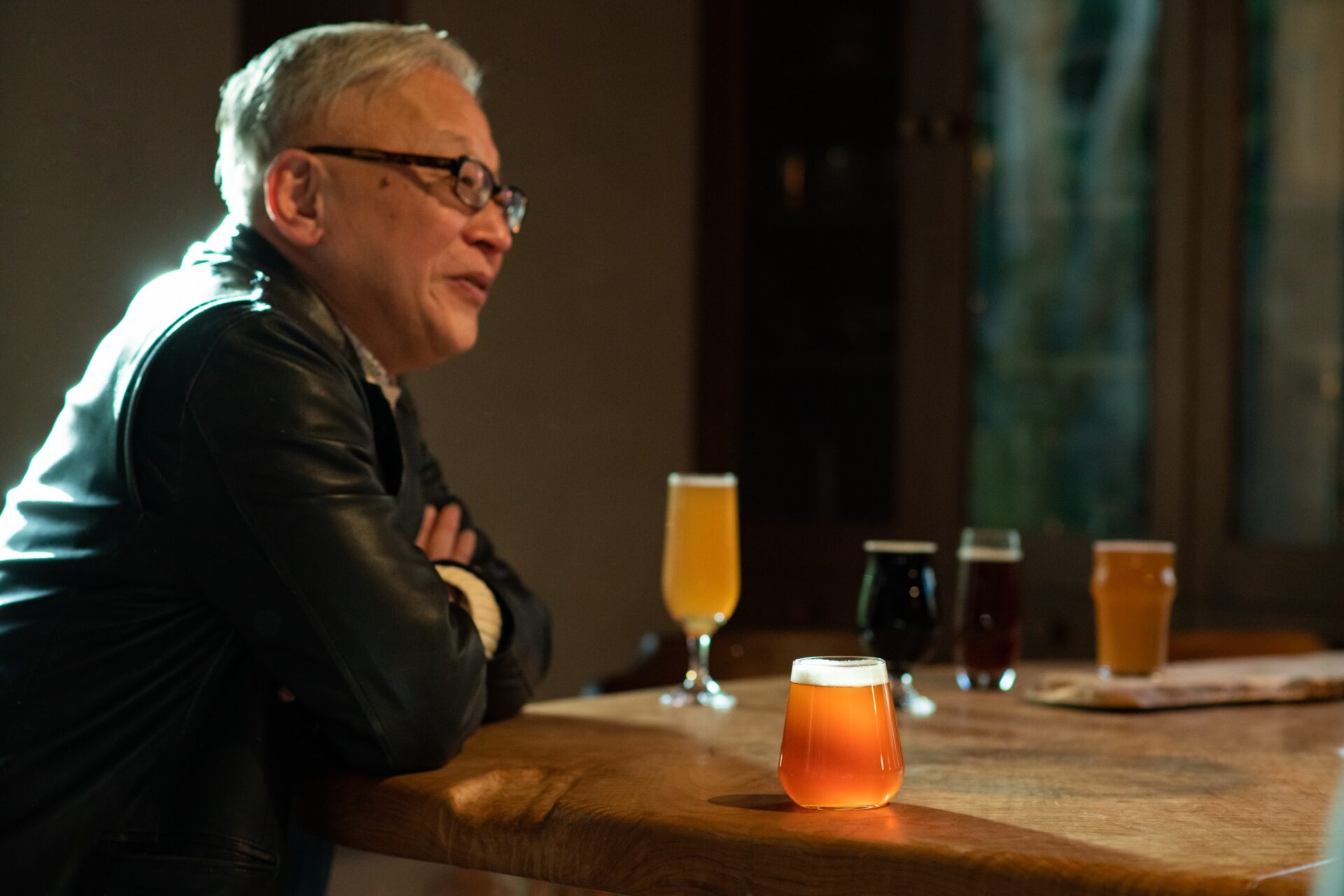There’s a reason why the Kyoto Ichijoji Brewery is popular among craft beer lovers.
It is known for its fruity, spicy, and aromatic flavor, and has won awards at some of the world’s top beer competitions, such as the International Beer Cup,and the Asia Beer Cup.

Kyoto Ichijoji Brewery’s “Red Ale” is the only draft beer that is served at the rooftop bar of the Ace Hotel Kyoto, which opened in 2020. During the coronavirus pandemic, the beer is offered in room service and is proving to be a popular drink.
The owner of the Kyoto Ichijoji Brewer is psychiatrist Shunsuke Takagi. He and his team specialize in providing at-home care to patients with severe mental illness in Kyoto and he also runs the brewery business.
Why did he, a psychiatrist, decide to start a craft beer business?
“Beer is a ‘shikohin’ that brings people together,” Takagi says (“shikohin” are food items such as alcohol, tobacco, tea and coffee that are not consumed for nutritional value, but for enjoyment.). He told us that his background as a psychiatrist led him to start a craft beer business in Kyoto. Takagi’s passion for making top of the line craft beer is deeply rooted in his career, where he has watched the changes in our society and his patients with mental illnesses over time.
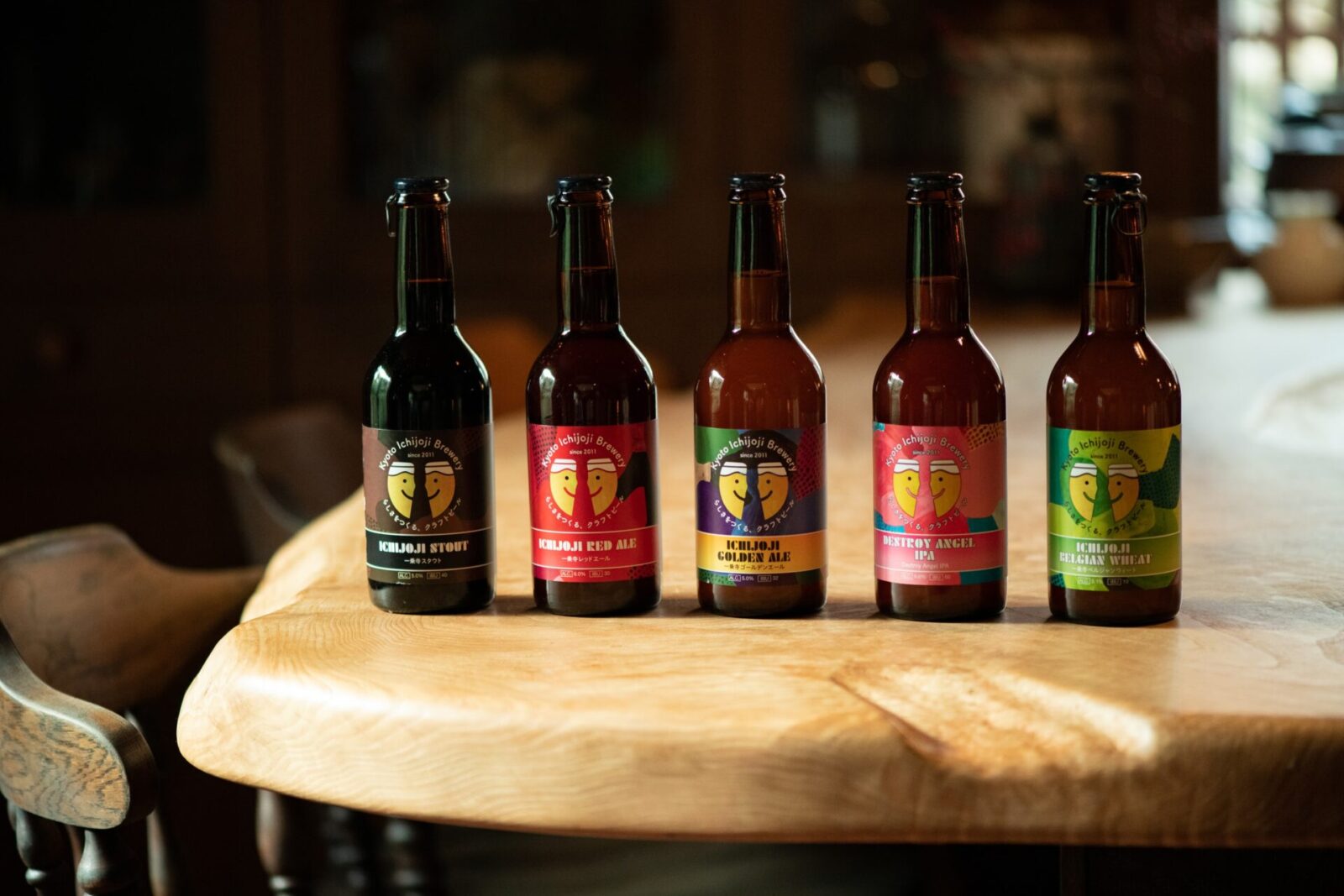
Shikohin, a remedy for “stiff air”
—— As a psychiatrist, what kind of effects do you think shikohin like tea, snacks, and beer have on people?
Tea and coffee, tobacco, snacks and beer. Shikohin has the power of initiating communication.
I work as the director at the Takagi Clinic, and we always have snacks available in the break room. The snacks encourage the staff to stick around and talk to each other and it creates a more comfortable environment for conversation. I think many workplaces offer snacks in their break rooms for the same reason.
I believe most people are unconsciously aware that shikohin helps create positive communication.
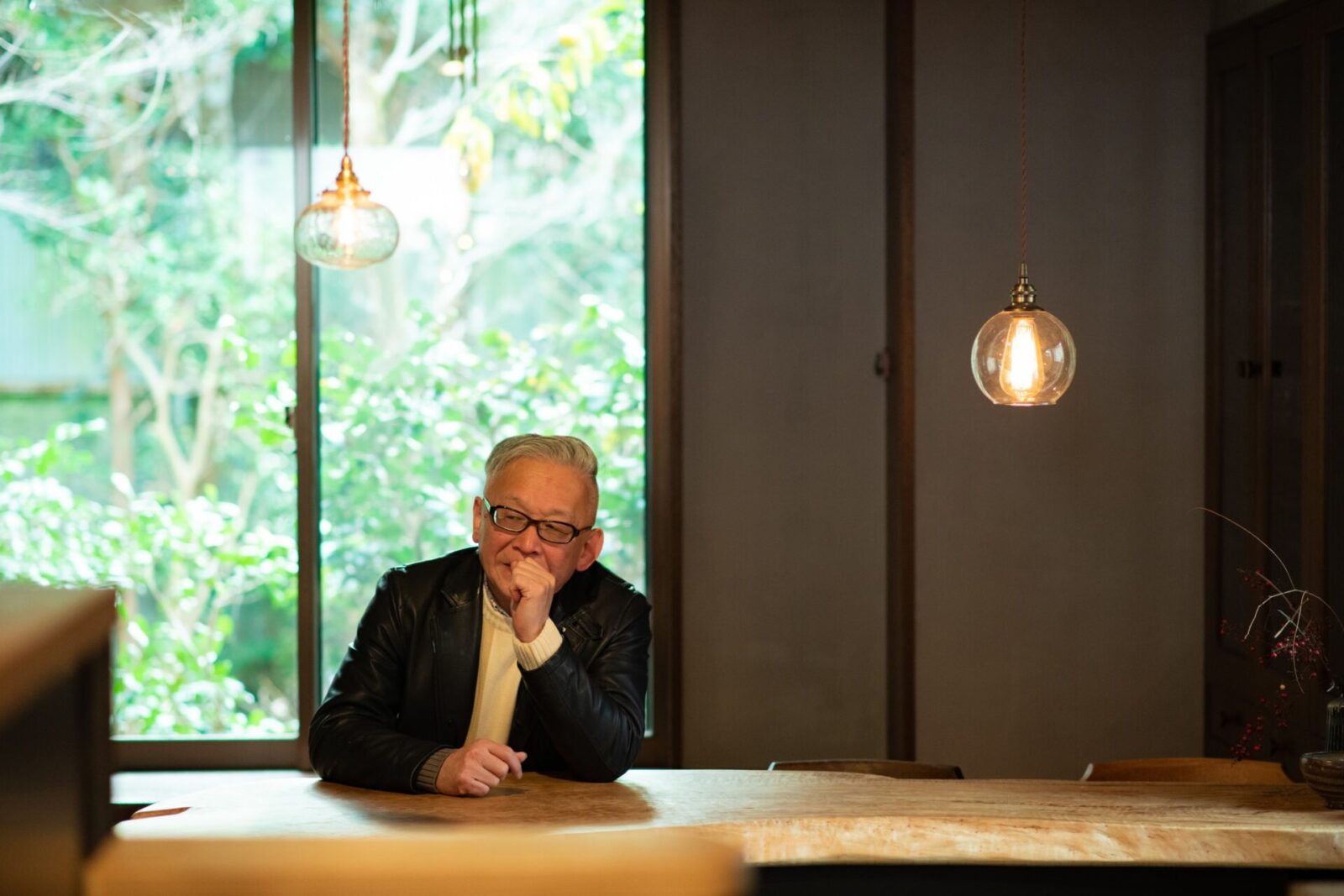
In the world of psychiatric care, we often have situations where shikohin play a role.
For example, during a discussion between the patient, family, and doctor, we run into situations where the family wants the patient to get treatment, but the patient themselves are reluctant. When the conversation comes to a standstill, the doctor may suggest, “How about we have some tea?”
The staff will bring over some tea and everyone takes a break together. This helps the patient feel at ease and say, “I understand and trust the medicine that the doctor gives me.” The same often happens for more serious situations where the patient needs to be hospitalized. I have experienced many situations where a difficult situation changed directions thanks to tea.
Why Rokusuke Ei was a genius at bringing people together
——So you mean that shikohin, which exists in the space between people, also acts as a buffer in relationships?
At the university hospital where I used to work, there was a hierarchy of doctors, nurses, and staff, with the doctors having absolute authority. In meetings, the doctors would listen to other doctors of higher rank.
In the past, however, we used to gather at the smoking room after meetings where we could let our guard down and speak honestly. Although we may have spoken differently in the meeting, we could share what we really wanted to say in the smoking room. The shikohin that acted as a buffer here was the cigarettes.
In the late 1980s, I was working as a resident doctor at the Kyoto University Hospital. Although times have changed now, back then, there were senior doctors who would take time and listen to their patients while smoking a cigarette.
When the doctor smokes, his breathing is slower and the atmosphere is more relaxed so the patient had an easier time speaking. The action of taking cigarettes out of the pocket also acts as a good pause. If the patient was a smoker, they sometimes even shared a smoke together.
Of course, by the 90s this act of smoking at hospitals disappeared.
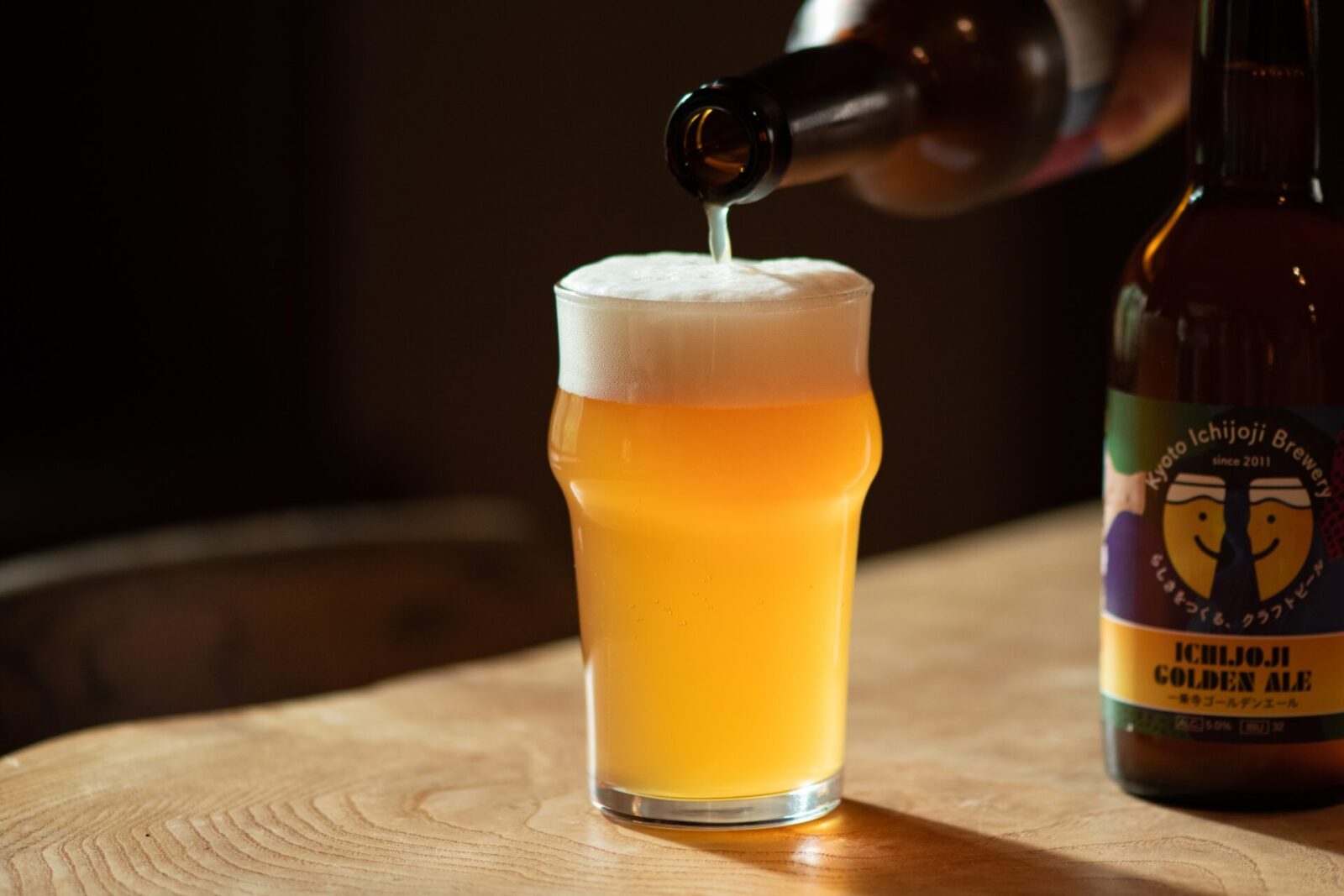
Celebrity Rokusuke Ei, who passed away in 2016, was said to be an expert at getting cigarettes from other people. When he found someone smoking, he would ask them for one. However, he always had his own box of cigarettes, so in fact, his goal was not to get a cigarette.
Ei would use the act of receiving a cigarette to start a conversation and become closer to someone.
Asking someone to buy them dinner is too much and can seem unfair, but shikohin is just right. It acts as a bridge to mediate human relationships, where people give and take, and it provides an opportunity to change the direction of your train of thought. Those are the effects and benefits of shikohin.
The craft beer that I make is only available in certain places, but I believe it is a shikohin that will help turn human relationships into a positive direction.
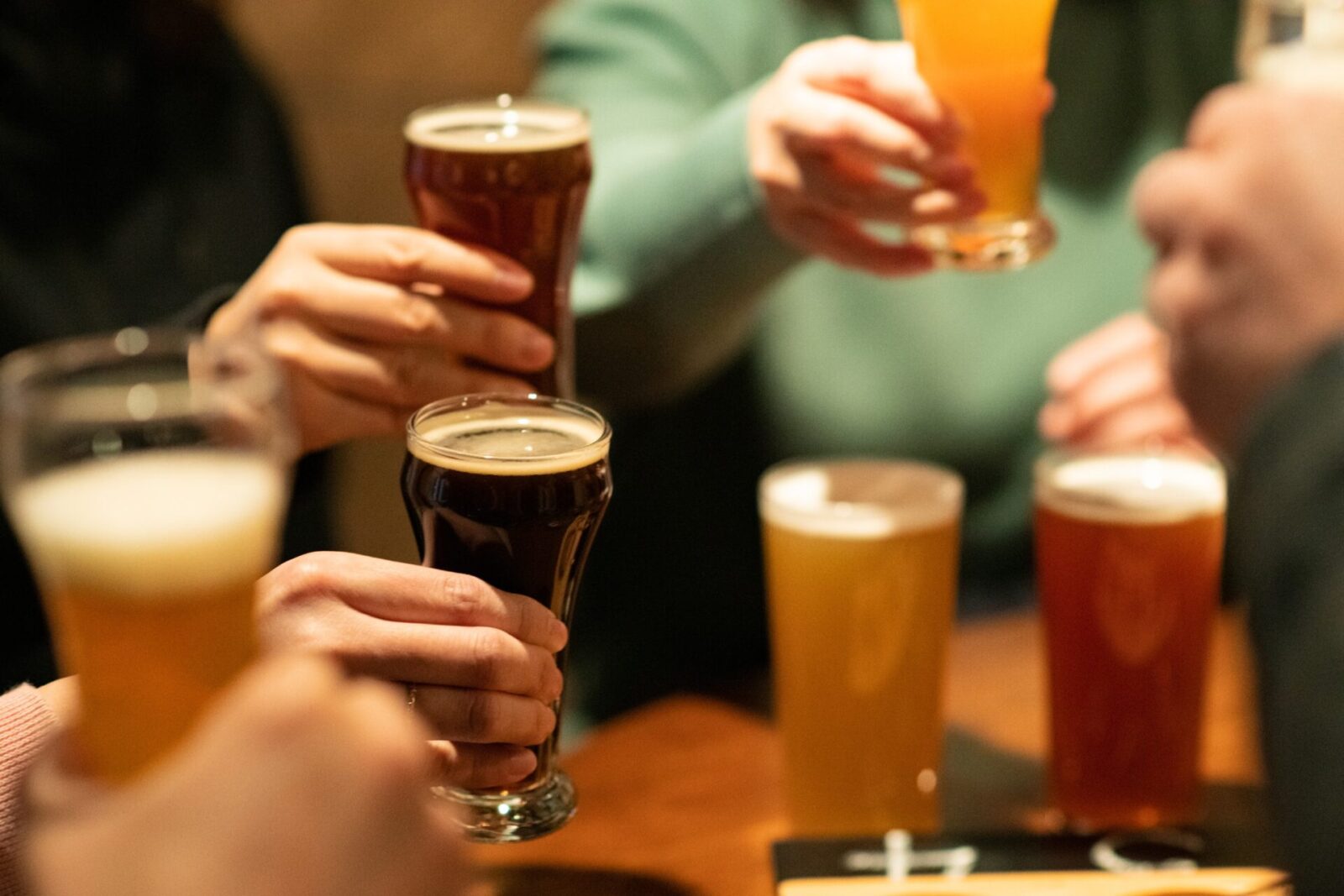
The 80s, when it mental health had a place in society
—— The number of patients suffering from mental illness continues to rise. The total number of patients with mental illness has increased from about 2.23 million in 2002 to about 3.89 million in 2017, a 1.7-fold increase in 15 years (data from the 2017 Ministry of Health, Labor and Welfare’s Patient Survey).
In the medical journals of the 1980s, depression was described as “common among men in their 40s” and “a disease that affects people with strong work ethic.” In fact, most of our patients were such people.
At the same time, there was a term that became popular called “window-side employees (sidetracked employees).” In companies that had the means to do so, they had a place for employees who were unable to take on large workloads. They were allowed to go and sit by the window and work on easier tasks until they recovered and could take on more responsibilities again.
—— In an age where we seek efficiency, we don’t hear of this phenomenon anymore. Instead the news often talks about restructuring or voluntary retirement.
I remember when I was a medical student, there was a friend whom I played mahjong with that suddenly stopped showing up to our gatherings. When I asked about him another friend told me, “Oh, he was dumped by his girlfriend.” All I said was, “I see.” That’s it.
A few months later, he showed up again and started playing mahjong with us. At the time, depression did not have a medical name, and even if someone isolated in their home and rested for a few months, society was okay with that.
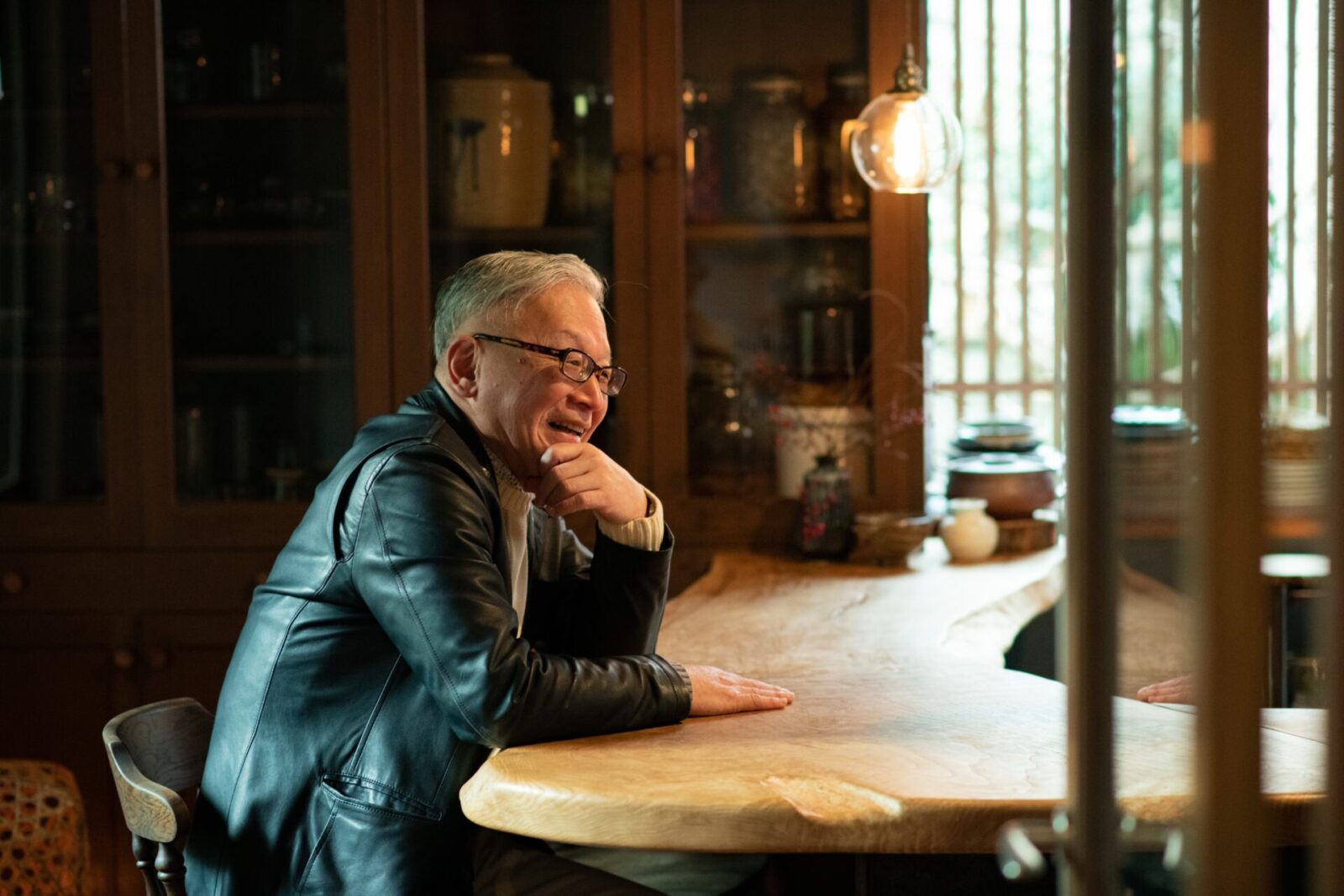
Have you ever read the comic books by Fujio Akatsuka, “Osomatsu-kun” or “Tensai Bakabon”? I love those comics. You can see now that the characters in those comic books would be classified today as having developmental disorders.
From a psychiatric point of view, Chibita, who only eats “oden (Japanese stew),” is probably on the autism spectrum and has ADHD. The six children in “Osomatsu-kun” probably have hyperactive disorder because none of them can sit still. Lele’s uncle, who does nothing but clean from morning to night, may actually have high functioning Asperger’s syndrome.
Of course there was some exaggeration in the comics, but the fact that those comics were popular was because people could relate and laugh at such characters because they were familiar members of the community. Society accepted these people as a part of normal life.
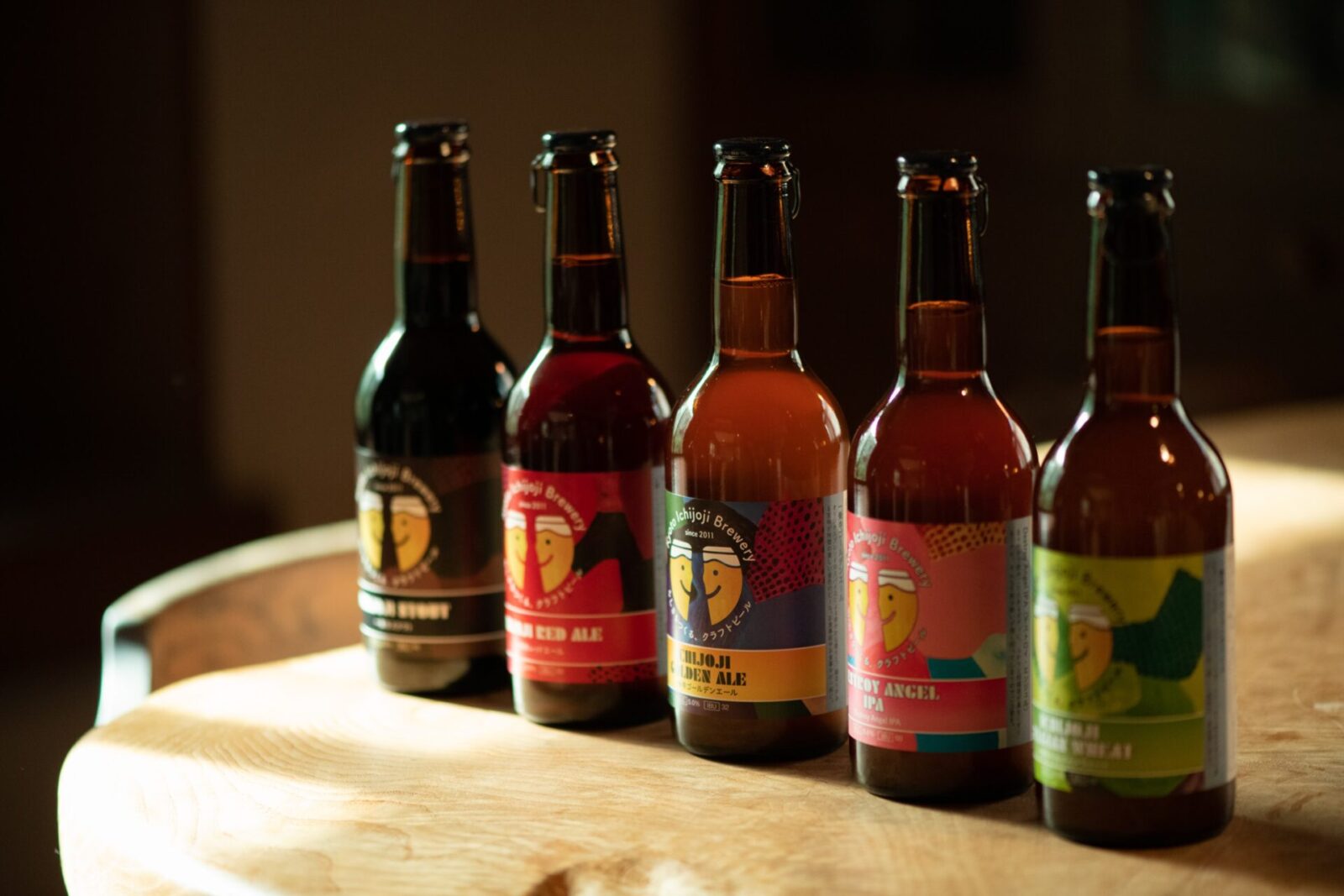
The real reason mental illness is on the rise
—— Looking at society today as a psychiatrist, do you feel that it is becoming less tolerant?
There are fewer and fewer places that are open for people with developmental disabilities or who have mental instabilities. Our society today does not have any leeway. The state of mental instability gets labeled as “depression” and a medical illness. Some people find it easier to recover if they get that medical label, but not everyone.
Once you form an identity as someone who suffers from depression, you will always live with the prospect of the depression recurring someday. As a result, people tend to avoid becoming close to others and they become more excluded from society.
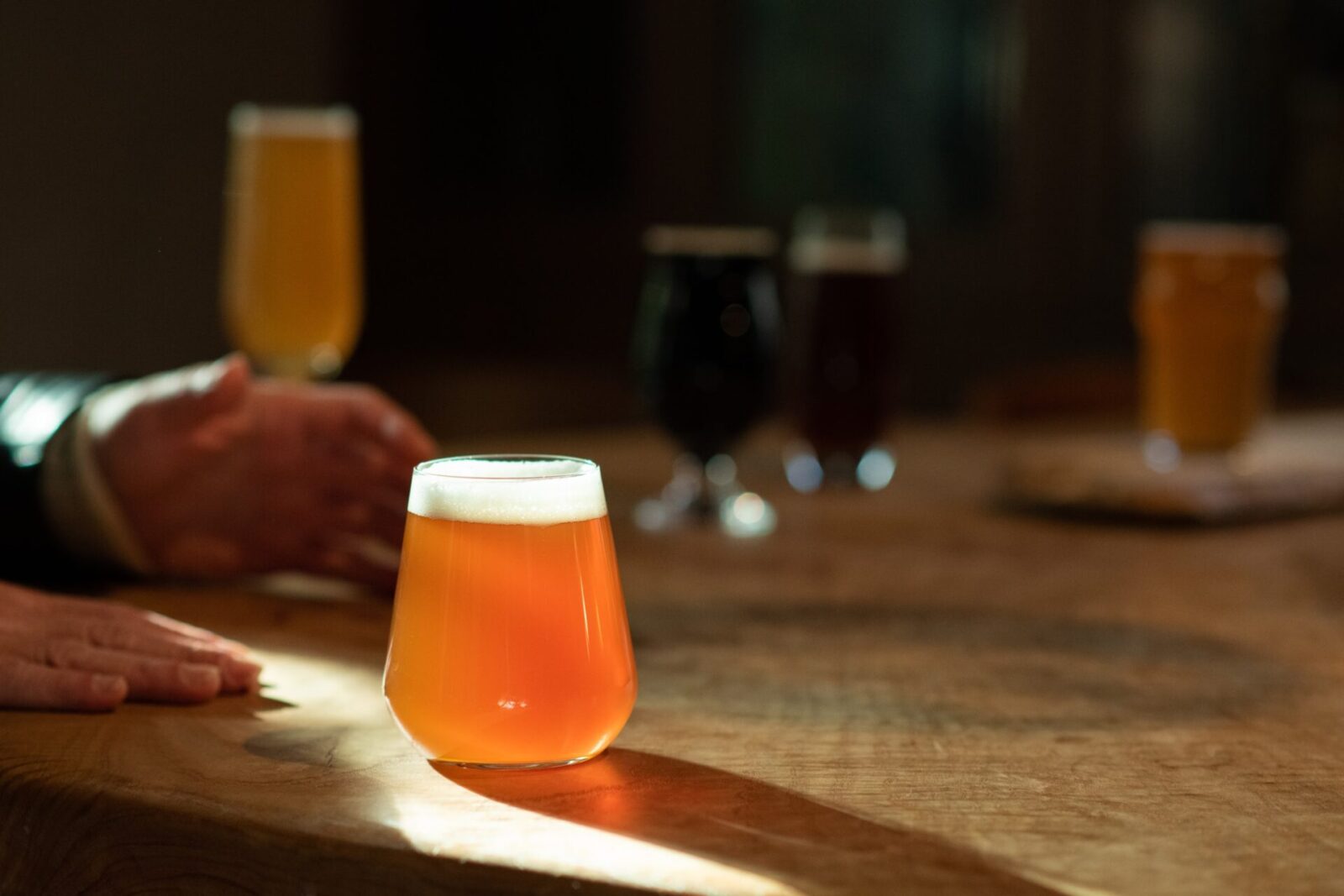
—— What changes do you think happened in Japan in the 90s?
When we entered the 90s, I felt that a lot of the patients that came to the hospital would probably get better if they could just take some time to rest. However, one time a student said to me, “I will not be able to take the extended exam if I do not have a doctor’s note from a psychiatrist so please write me one.” Why don’t universities let people take as many extended exams as they need?
Even before a doctor diagnoses a person, society decides that they are “unfit” and those people come to the hospital.
Even if an occupational therapist or psychotherapist or psychiatrist says that “This person is not ill. In fact, isn’t it your company or the university who has excluded these people the root of the problem?”, in reality it has no effect. The scope of mental illness continues to expand and I think it is society itself that is increasing the number of patients with mental illness.
In this kind of society, I had doubts about “treating” these “patients” who were labeled by such society. That is the reason why I now limit the patients I treat to those who have severe mental disorders.
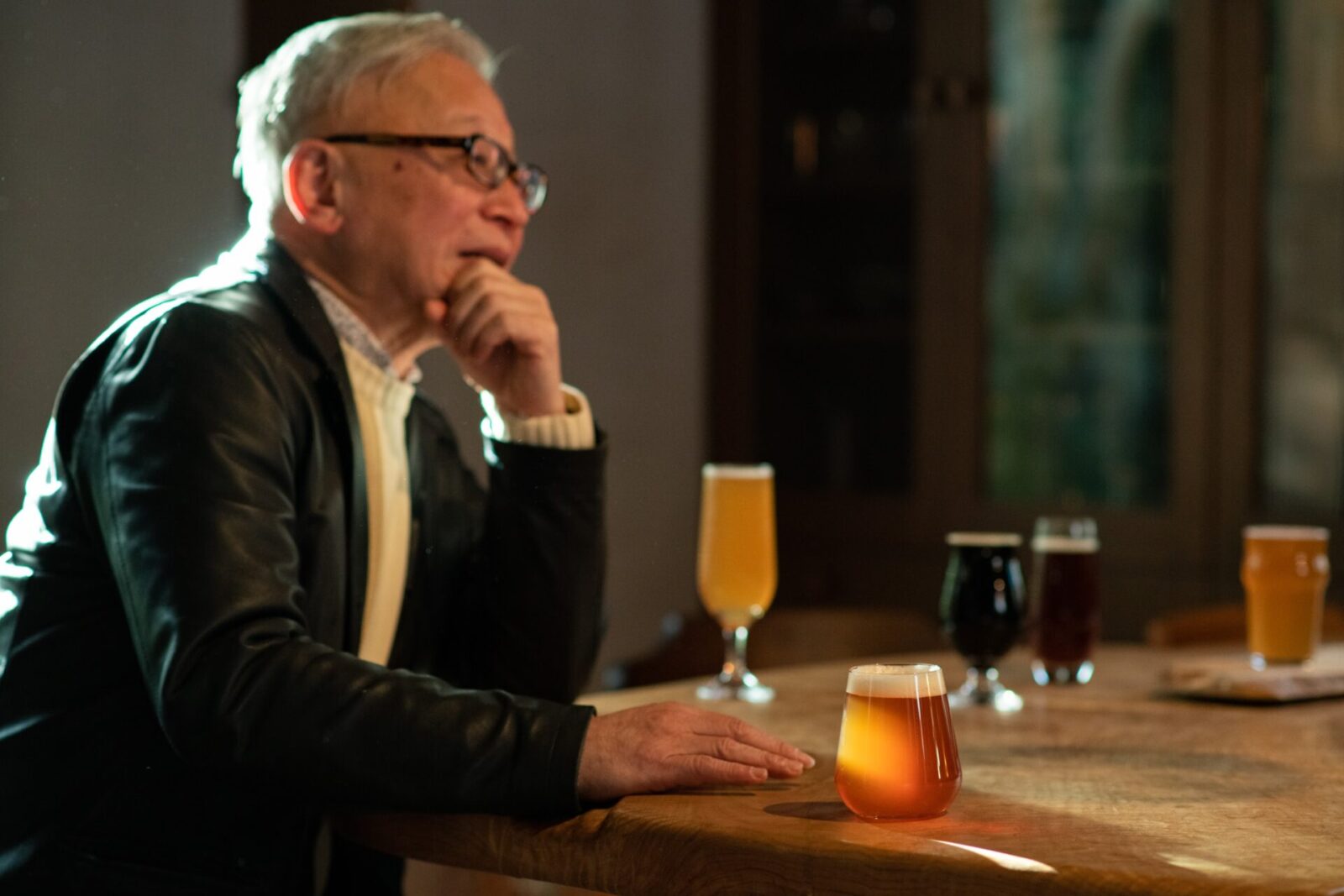
—— You said that there are less places that are open for people with mental instabilities in our society today.
I think it is the duty of those who are able to survive under the current social pressures to provide places for those who suffer mental instabilities to be. One of the solutions I found was to employ people with such disabilities.
Even though social welfare is subsidized to a certain extent today, if Japan’s financial situation worsens, these are likely to decrease. As a result, social inequalities will only get bigger. When that happens, it will be up to people with great capabilities and ambition to create independent industries that employ people with disabilities and places for them to earn an income.
—— When and why did you start thinking about creating work for people with disabilities?
It was around 2008 when I was providing at-home care to a patient with schizophrenia. I realized that these people, who we used to think needed to be hospitalized, can in fact work various jobs with the help of others.
For example, there is the job of distributing flyers. They even assertively make suggestions on new places to hand out the flyers. When seeing these people handle jobs in such a way, I wanted to create more opportunities and places where they can take part.
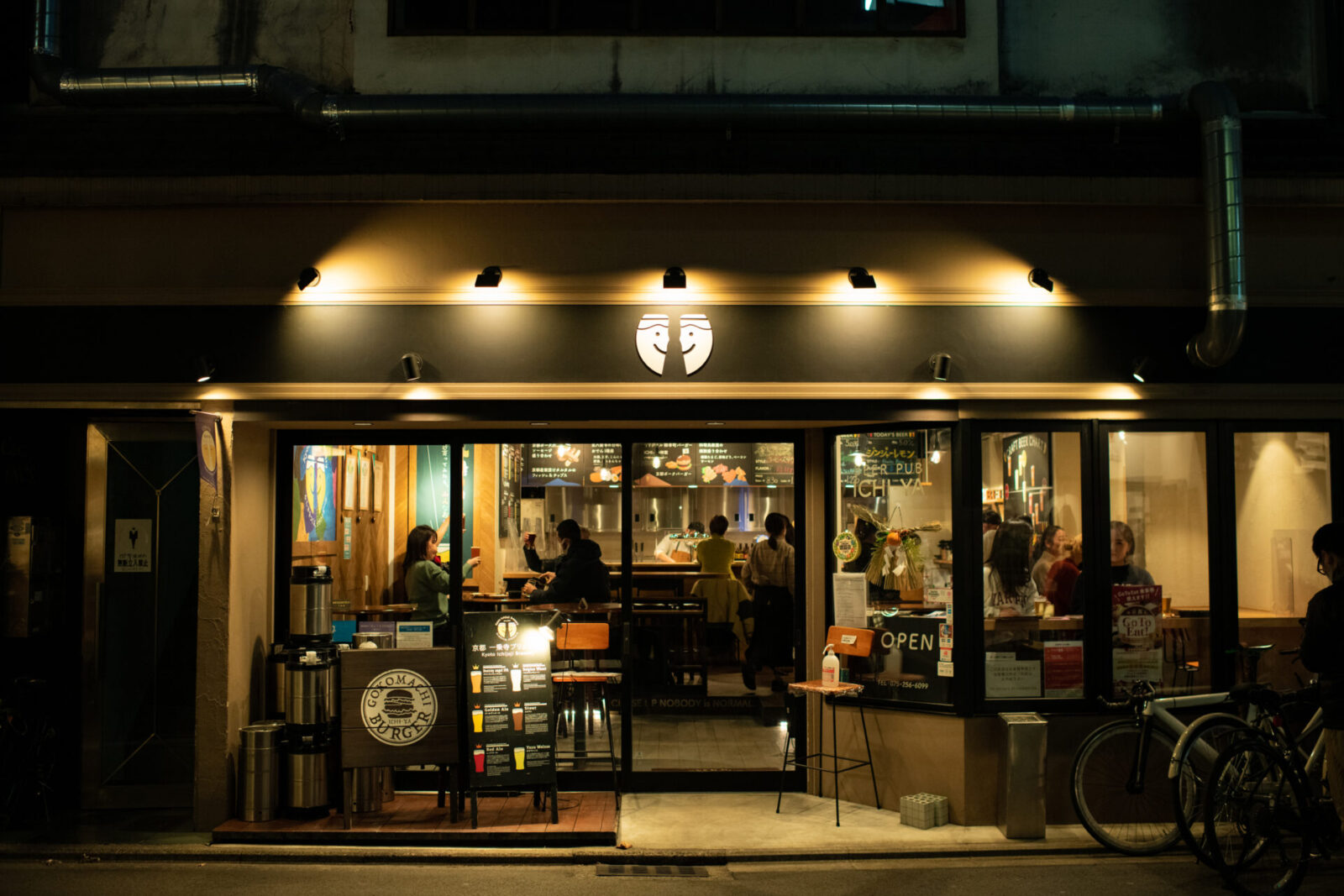
As in the case of alcohol addiction, it is difficult to cure even if addicts are given medicine that makes them feel nauseous if they drink alcohol. The most effective treatments are providing places where they can reestablish relationships with other people, such as AA meetings.
Establishing relationships is equivalent to increasing outlets for one to depend on. This was discussed in a past DIG THE TEA article, where philosopher Koichiro Kokubun talked about how addiction “comes from being dependent on too few things.” These are also the findings of Dr. Shinichiro Kumagai, a pediatrician with cerebral palsy who is currently conducting research at the University of Tokyo’s Research Center for Advanced Science and Technology. He states, “Let’s increase the number of things we depend on. That is the path to independence.”
ーー Medication is prescribed to treat addiction now isn’t it?
Actually, in psychiatry, there is no such thing as specific medicines for specific illnesses. For example, when someone is suffering from severe anxiety and that anxiety is taking over their mind to the extent that they cannot properly function, the medicine is simply something to alleviate some of that anxiety.
For auditory hallucinations, medicine does not make the hallucinations disappear. The medicine only helps to ease the anxiety so the individual can be aware that what they are hearing are in fact hallucinations and not reality.
In other words, rather than aiming to suppress the symptoms of mental illness with medicine, ideally we should create a society where such people who suffer from illnesses can live and be a part of the community.
That is why I want to create a community where it is not only the doctors who provide at-home care for those heavily disabled people who cannot regularly go to a hospital, but where the staff and the people living in the neighborhood are involved in building community relationships. That is what it means to create spaces where people with disabilities can work and for me, that is what the Kyoto Ichijoji Brewery exemplifies.
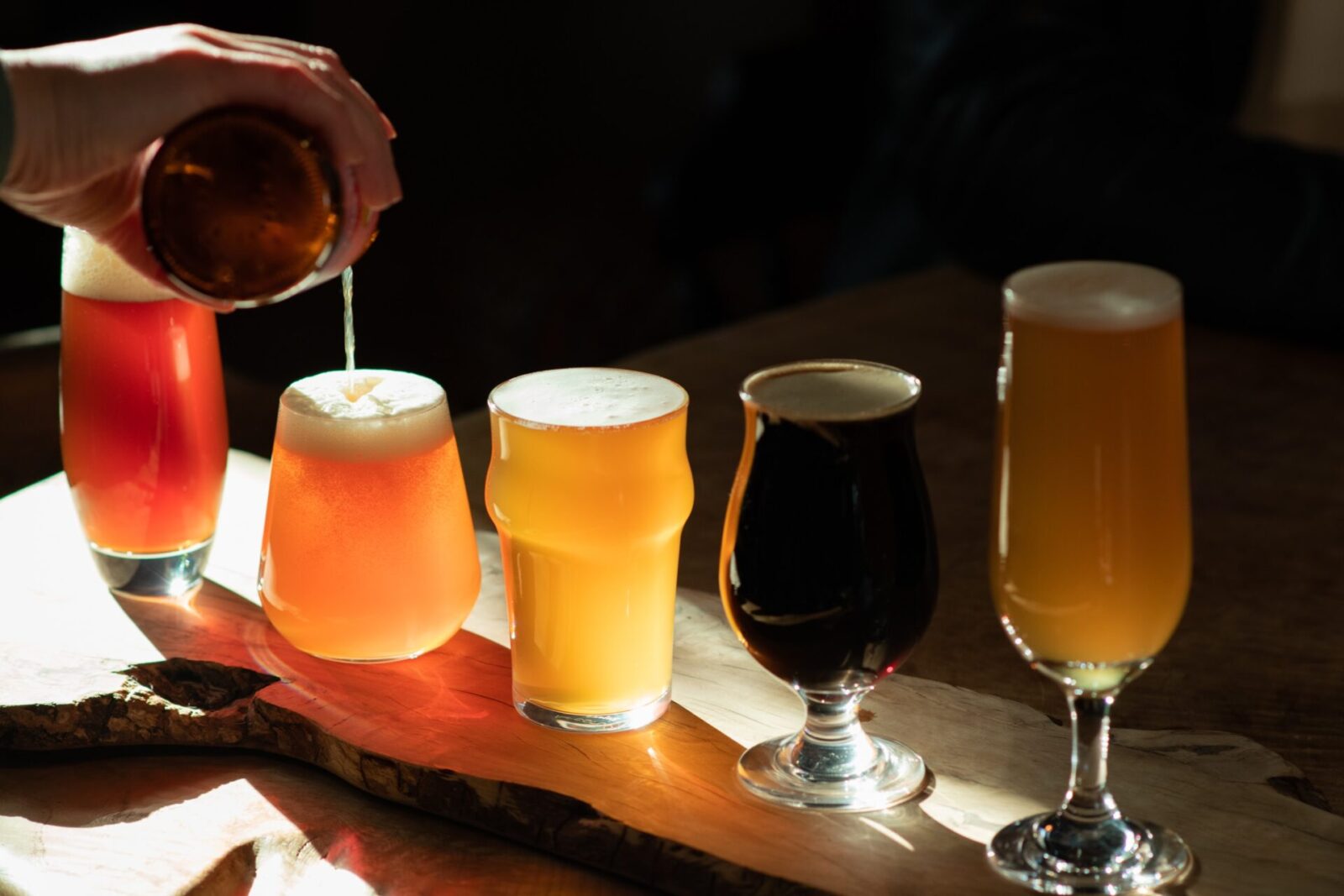
How industries can be more inclusive to people with disabilities
—— Why did you choose craft beer making as a job for people with disabilities?
Since the Comprehensive Support Law for Persons with Disabilities came into effect in April 2013, the number of welfare companies that employ people with disabilities to make products has increased. However, it was 2008 when I came up with the idea to create a place that employs people with disabilities so I was not able to rely on government funding at the time. That is why I searched for an industry that would function independently.
I thought about everything from farming eels to breadmaking, but one day I ran into a 3-year-old black beer. Until then, the only beer I had tasted was lager beer, which is a bottom fermented beer. I always thought the taste of beer deteriorates with age, so I was surprised to discover an ale beer that improves with age (that uses a top fermentation brewing method).
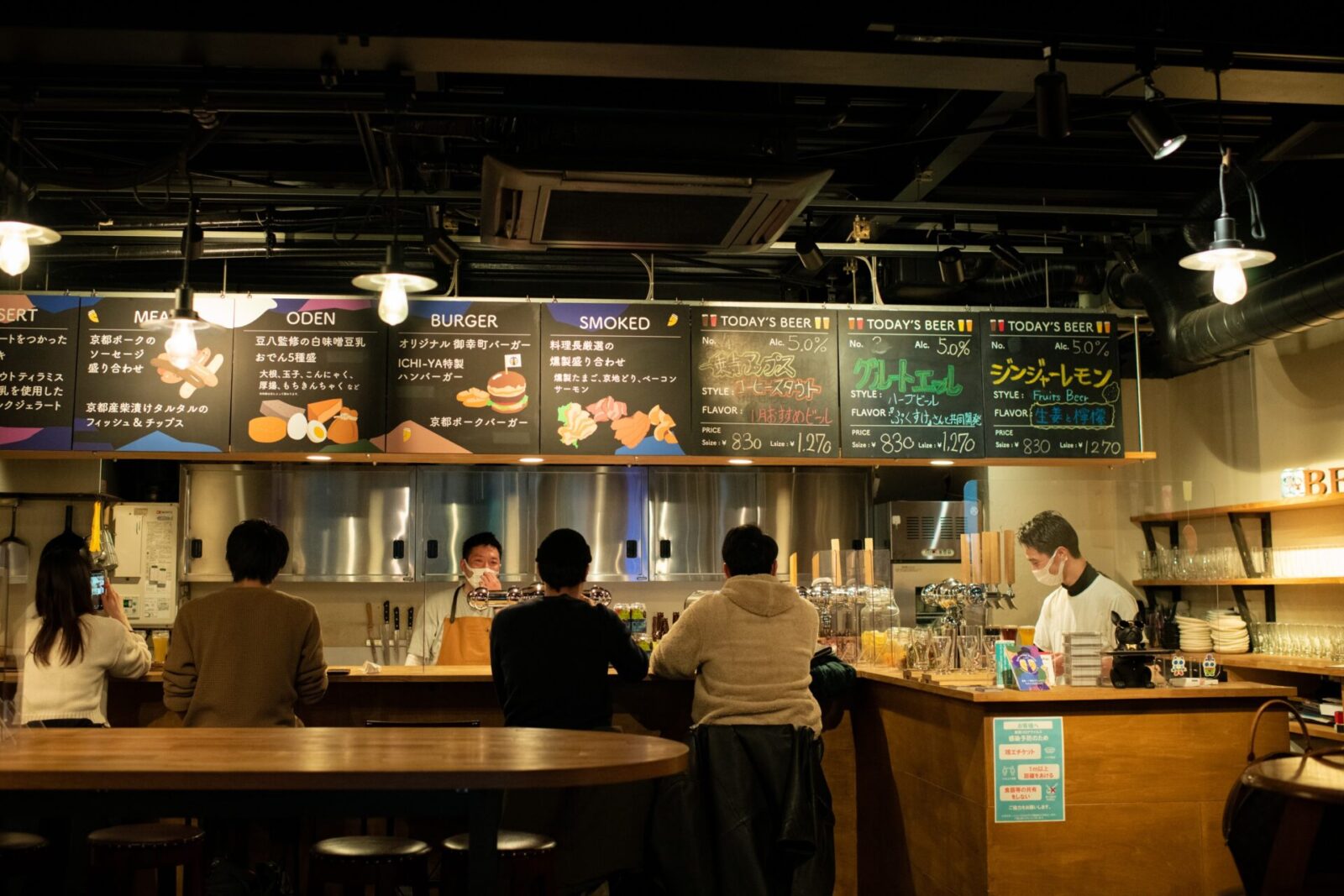
There are a lot of different varieties of beer and it has a large consumer base. Beer is also made all around the world. There was an amendment to the Liquor Tax Law in 1994 that lowered the minimum production level for beer. This helped lead to the development of small scale brewing companies all around Japan and the nurturing of skilled brewers who have refined their skills over the years. Furthermore, unlike Japanese sake, which takes one year to make, beer can be produced in about a month. This short production cycle is another advantage.
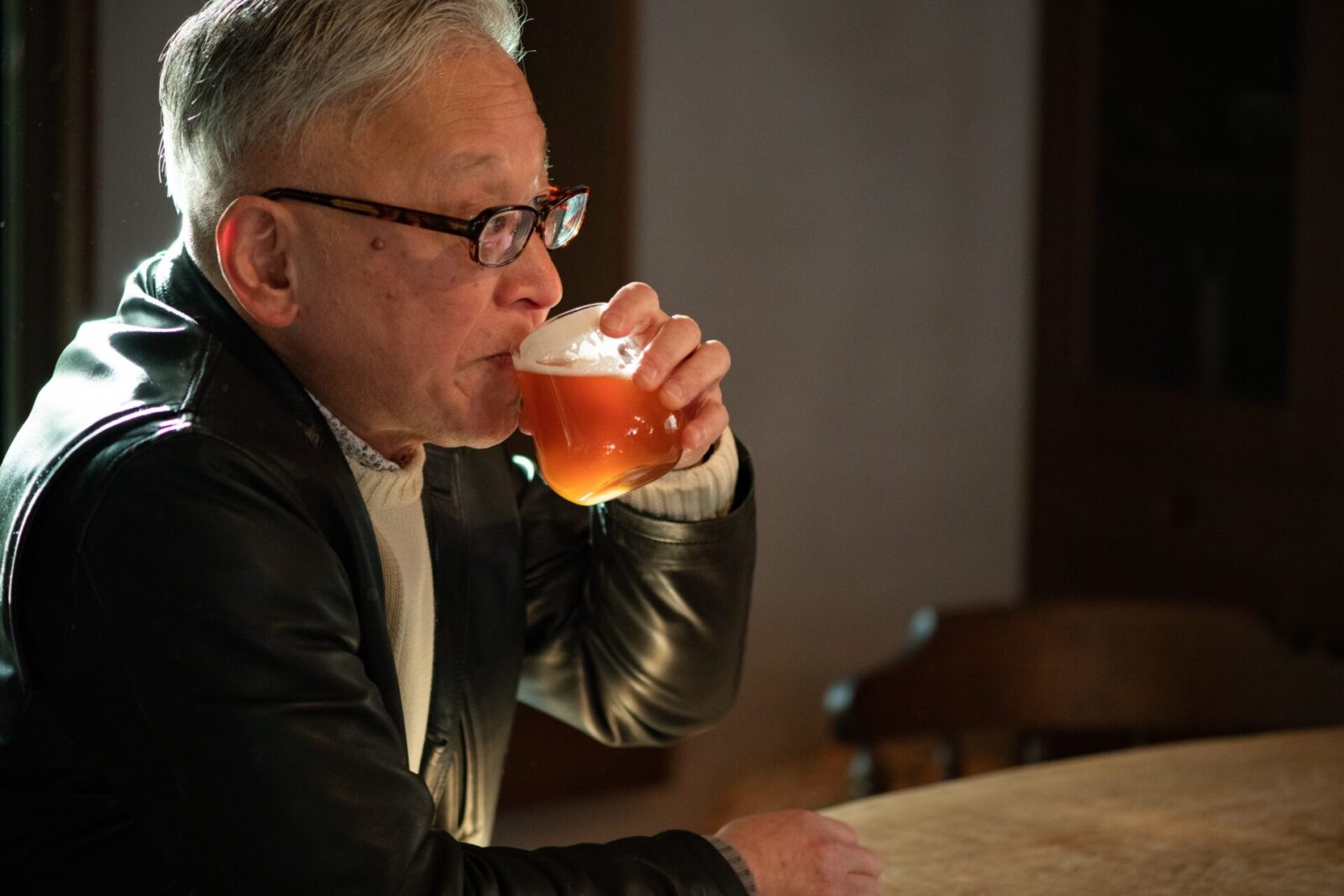
Of course, processes such as bottling and delivery were areas that I believed people with disabilities could contribute to, so that was another big factor.
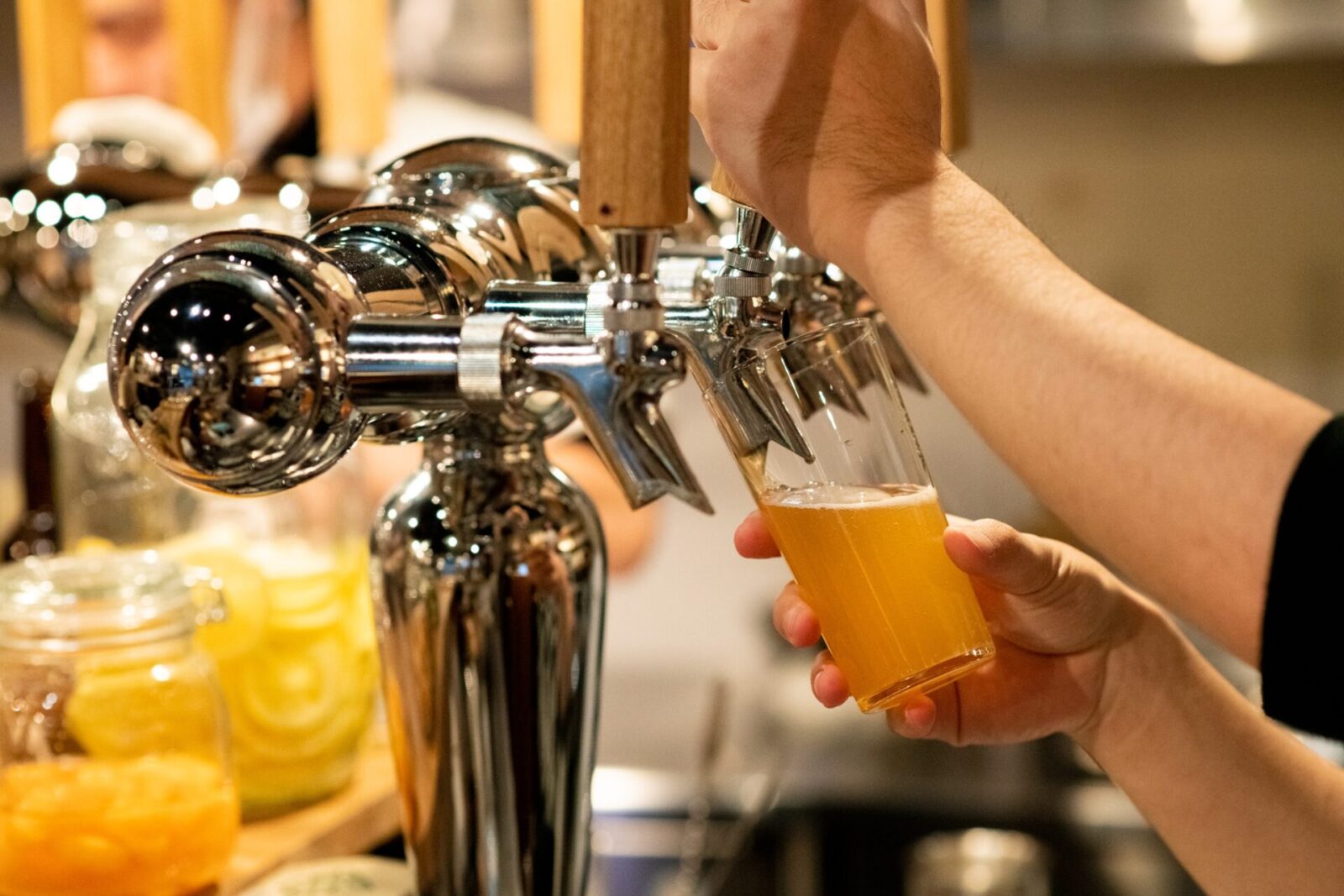
—— You said you aim to first make good beer, develop the business and then hire those with disabilities later.
There are other breweries that have hired people with disabilities before we did. For example, NPO HEROS makes Nishijin Beer in Kyoto and it was founded by Shinichiro Kado, a child psychiatrist, in order to support those with autism.
The Kibidote Brewery in Okayama and the Mabi Chikurin Brewery (a spin off of the Kibidote Brewery) both brew beer at facilities for the disabled. Satoshi Nagahara, the head of Kibi-Doteshita Brewery, was an employee of Makibi Hospital, a psychiatric hospital that is famous for having all open wards and never locking their doors. When I first met Mr. Nagahara, I was very happy to learn that other people shared the same idea I had.
Although there are other organizations that have beaten me to my goal, I believe that in order to survive the highly competitive beer industry, we must first create a top of the line beer and establish the business. If our mission was simply to employ people with disabilities, that would be the final goal, but I have a strong desire to create top-notch beer.

Right now, the Kyoto Ichijoji Brewery has not reached the goal of employing people with disabilities, but that is a major goal of ours. Nonetheless, it is my belief that in order to really survive in this industry we must first create a solid foundation for our business.
There is a Japanese saying “Ganbutsu-soush,” which means to forget one’s important objective by becoming engrossed in trivial pursuits. I am always asking myself whether or not I am becoming too consumed by the fun of craft beer and losing sight of the important goal of creating jobs for those with disabilities.

“Drunken life, dreamy death”
—— It must be very challenging to run a new business to create jobs for the disabled while working as a psychiatrist at the same time.
Although we do not employ any people with disabilities at the brewery right now, the raw material we use for our beer is made by those with disabilities. The hops are made at Ishinomaki Farm in Ishinomaki City, Miyagi Prefecture, where people who have difficulty finding employment, such as “hikikomori” and disabled people, work together with other employees.
Yuzurihakai Nanohana, is a social welfare corporation in Gunma that is involved in agriculture, commerce, and industry, and makes our two-rowed barley seeds. The first time we bought the barley from Nanohana, even my untrained eye could see that the barley seeds were not uniform in size.
I asked my brewers, Hayashi and Yokota, if they would be able to use the barley and they answered, “Takagi-san, we want to use the ingredients from these sources to make our Ichijoji Brewery beer. Turning these ingredients into delicious beer is what makes our work worthwhile.” When I heard them say this, my heart trembled and I felt very blessed to be working with such a great staff.

—— Why do you think you are able to work so hard on beer?
People ask me this question often, but I don’t think I am working very hard. Beer is delicious and very interesting, so I feel like I am just doing something I enjoy.
I have met and created business connections with many people that I would not have met by just working as a doctor. It is fun to talk to these people and beer helps to create these connections.
“Suiseimushi,” or “drunken life, dreamy death” is the name of the drink in Wong Kar-wai’s film “Ashes of Time” and one of my favorite words. Ideally, I want to drink the beer we make everyday, get drunk and say what I want, live freely, and meet the end of my life as if in a dream.
As I aim to make top of the line beer and provide jobs for those with disabilities, I hope to maintain this feeling of living in “drunken life, dreaming death.”

Photo:Yuko Kawashima
Translation:Sophia Swanson
Editing:Emi Kawasaki, Neko Sasagawa
Special thanks:Ayumi Yamakura /tain Inc.
Editor / Writer. A freelance editor. Born in Yokohama and based in Kyoto. Associate editor of the free magazine “Hankei 500m” and “Occhan -Obachan”. Interests include food, media and career education programs such as “Internships for Adults”. Hobby is paper cutting.
Editor. Born and raised in Kagoshima, the birthplace of Japanese tea. Worked for Impress, Inc. and Huffington Post Japan and has been involved in the launch and management of media after becoming independent. Does editing, writing, and content planning/production.
Editor and creator of the future through words. Former associate editor of Huffington Post Japan. Became independent after working for a publishing company and overseas news media. Assists in communications for corporates and various projects. Born in Gifu, loves cats.
